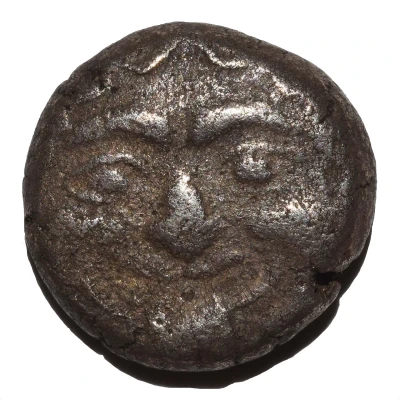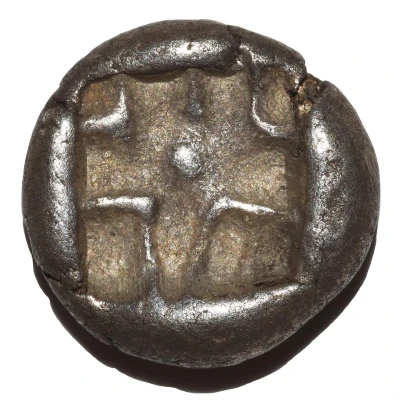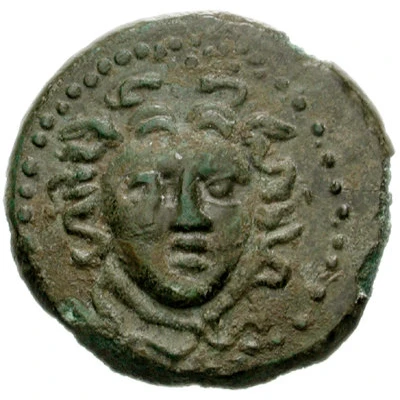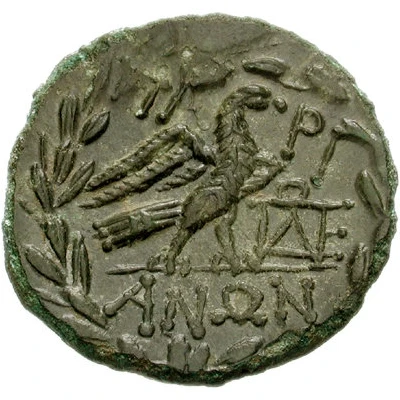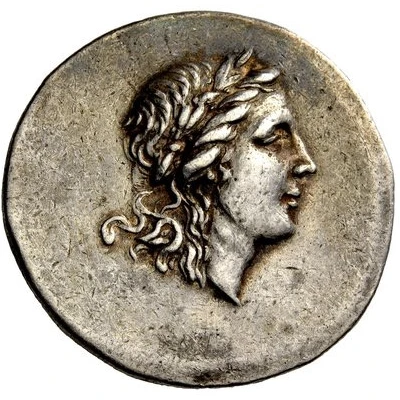
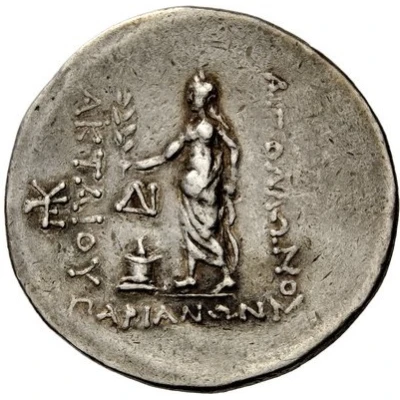

© Nomos AG
Tetradrachm 165 BC - 143 BC
| Silver | 16.95 g | - |
| Issuer | Parion (Mysia) |
|---|---|
| Type | Standard circulation coin |
| Years | 165 BC - 143 BC |
| Value | Tetradrachm (4) |
| Currency | Drachm |
| Composition | Silver |
| Weight | 16.95 g |
| Shape | Round (irregular) |
| Technique | Hammered |
| Demonetized | Yes |
| Updated | 2024-10-10 |
| Numista | N#183504 |
|---|---|
| Rarity index | 100% |
Reverse
Apollo, laureate and draped to the waist, holding a laurel branch in his right hand and resting his left on a bow propped on the ground behind. On the left, ΔΙ above flaming altar and on the far left, monogram of ΤΕΥ
Script: Greek
Lettering:
ΑΠΟΛΩΝΟΣ ΑΚΤΑΙΟΥ
ΠΑΡΙΑΝΩΝ
ΔΙ
ΤΕΥ
Interesting fact
The Tetradrachm coin from Parion (Mysia) was used as a form of currency in the ancient Greek city of Parion, which was located in the region of Mysia, in modern-day Turkey. The coin features an image of the Greek goddess Athena on one side and a mythical creature called a griffin on the other. The griffin was a symbol of protection and strength, and its inclusion on the coin may have been meant to convey the idea that the city of Parion was protected and strong. It's also worth noting that the Tetradrachm coin was a widely used denomination in ancient Greece, and many cities and kingdoms issued their own versions of the coin. The fact that the Parion Tetradrachm was made of silver and weighed 16.95 grams suggests that it was a high-value coin, likely used for large transactions or trade.
